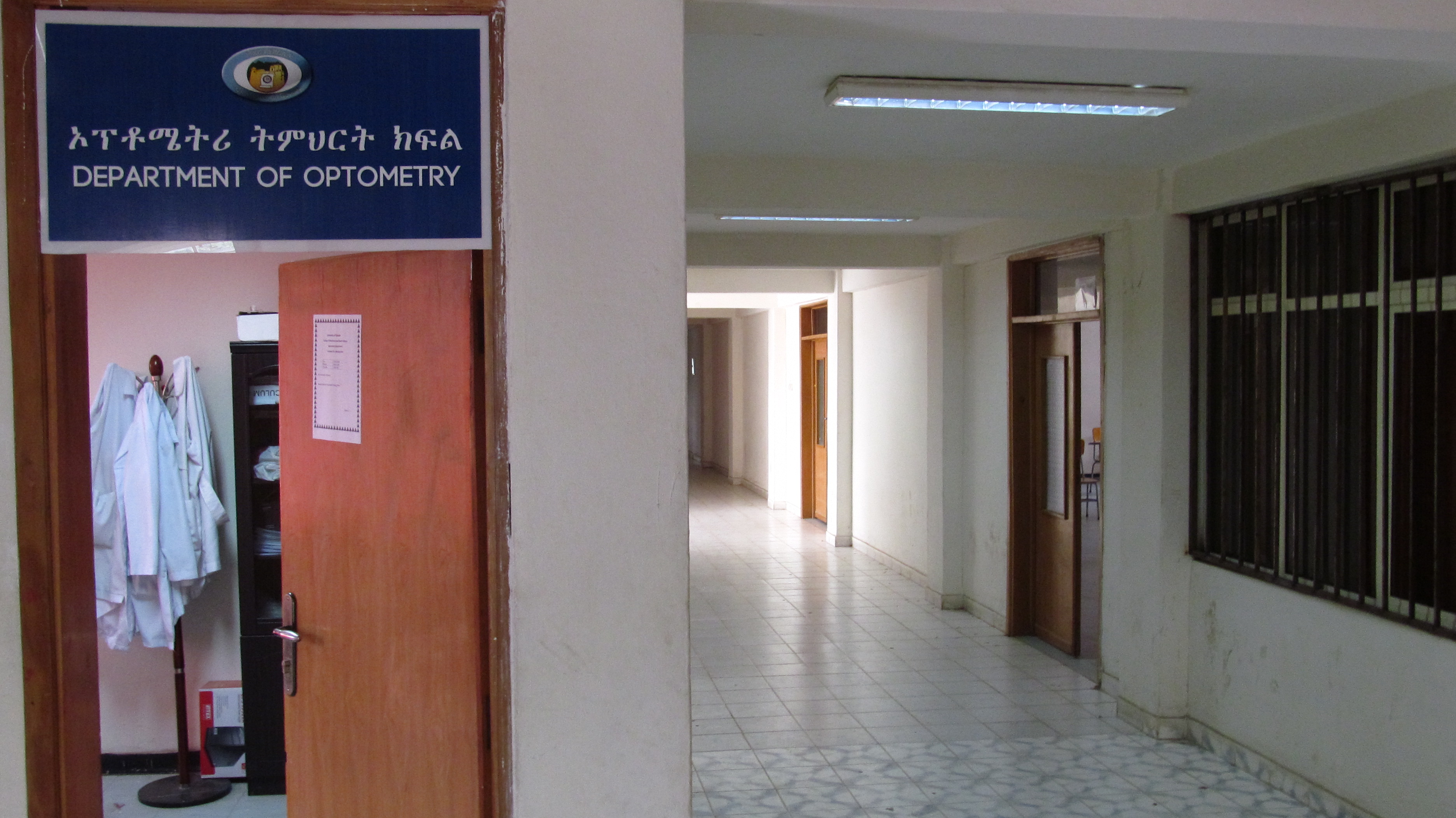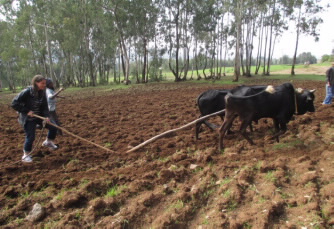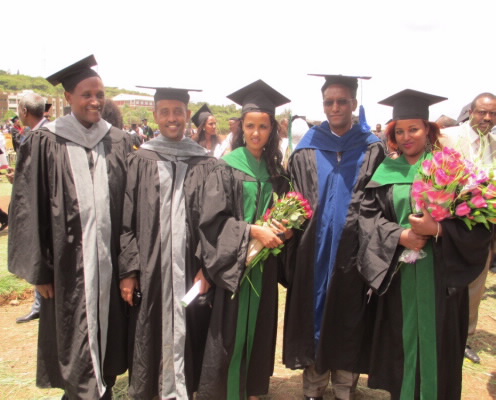By Wondwossen Gebreyes, DVM, PhD
Ohio State College of Veterinary Medicine
It has been wonderful working with all the Ohio State and Ethiopian faculty and students during the One Health Summer activity that run from June 7th to this week.
First off, I am very much proud to be a Buckeye. Everyone from the Buckeye nation (Ohio State) showed wonderful professionalism throughout the Summer Institute.
I heard all positive words from our partners in Ethiopia. Students and faculty from five of our seven health science colleges and also School of Environment and Natural Resources have all been great to work with.
I am also proud to be born Ethiopian. I am sure all my colleagues tasted the ultimate hospitality and motivation both in classrooms and social settings and learned a great deal of variations in traditions.
The commitments from both student trainees and partner administrators has been unsurpassed. It gives me a great pleasure seeing the trainees’ eyes wide open in the various lectures, sharing the Ohio State students’ excitement for service learning (even some requested opportunities for next year before leaving Ethiopia), and reading all the blog posts from our students and faculty members.
Importantly, personally, I also learned few more things about Ethiopia and partnership along the way.
With respect to the scientific/ technical aspects of the Summer Institute, I am confident to say that we achieved the goals – in all aspects: coursework and trainings, pilot projects, and workshops. We were able to impact more than 200 professionals in these courses. And a number of scientific networks and new collaborative partnerships developed. Partner colleges were able to identify areas for further collaboration.
Both the Univeristy of Gondar (photo below) and Addis Ababa University partners as well as other institutes — such as the Ethiopian Health and Nutrition Research Institute (EHNRI) — were excited with the outcome.
It was humbling to hear from the dean of AAU School of Medicine, Dr Mahlet, I quote: “We thought Ohio State would be similar to many, many universities we signed MoU with before and never heard from them again. You made us feel guilty by showing your commitment in a short period of time. Thank you and we are also determined to show our commitment.”
As we move forward, the Ohio State Health Sciences task force will resume its activity in full force. On behalf of the Ohio State Health Sciences One Health task force, thank you to all those who participated in the Summer institute! Some of the upcoming activities will include visits by the Ethiopia partner universities delegation; continued pilot projects on cervical cancer screen-and-treat, rabies intervention, electronic capacity-building, and service-learning clinical activities by neurosurgery and nursing teams. Please stay tuned and follow our blog.
In my next post, I will share some specific thoughts and observations on these activities.


































